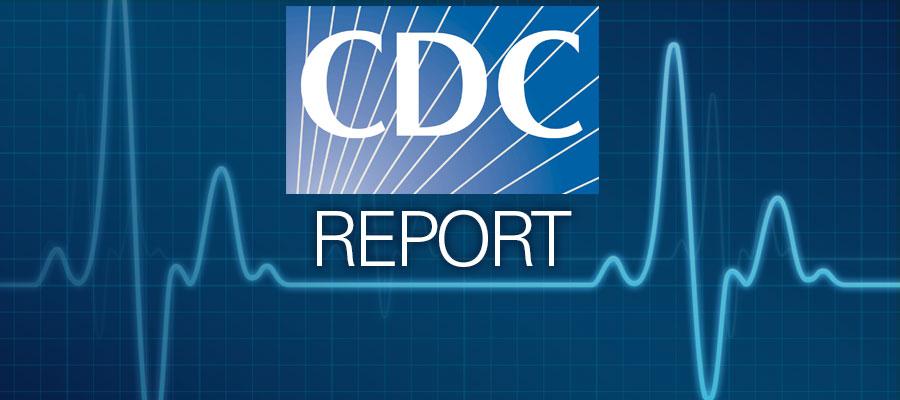CDC program reports decline in hospital infections

The risk of a hospital patient having a health care-associated infection was 16 percent lower in 2015 than in 2011, largely due to declines in surgical site and urinary tract infections, according to data from the Centers for Disease Control and Prevention’s Emerging Infections Program, reported today in the New England Journal of Medicine. An estimated 3.2 percent of patients surveyed by the program had health care-associated infections in 2015, down from 4 percent in 2011. The program has surveillance sites in 10 states. Pneumonia, gastrointestinal infections (mostly due to Clostridium difficile), and surgical-site infections were the most common HAIs. “These results provide evidence of national success in preventing health care-associated infections, particularly surgical-site and urinary tract infections,” the authors said.

